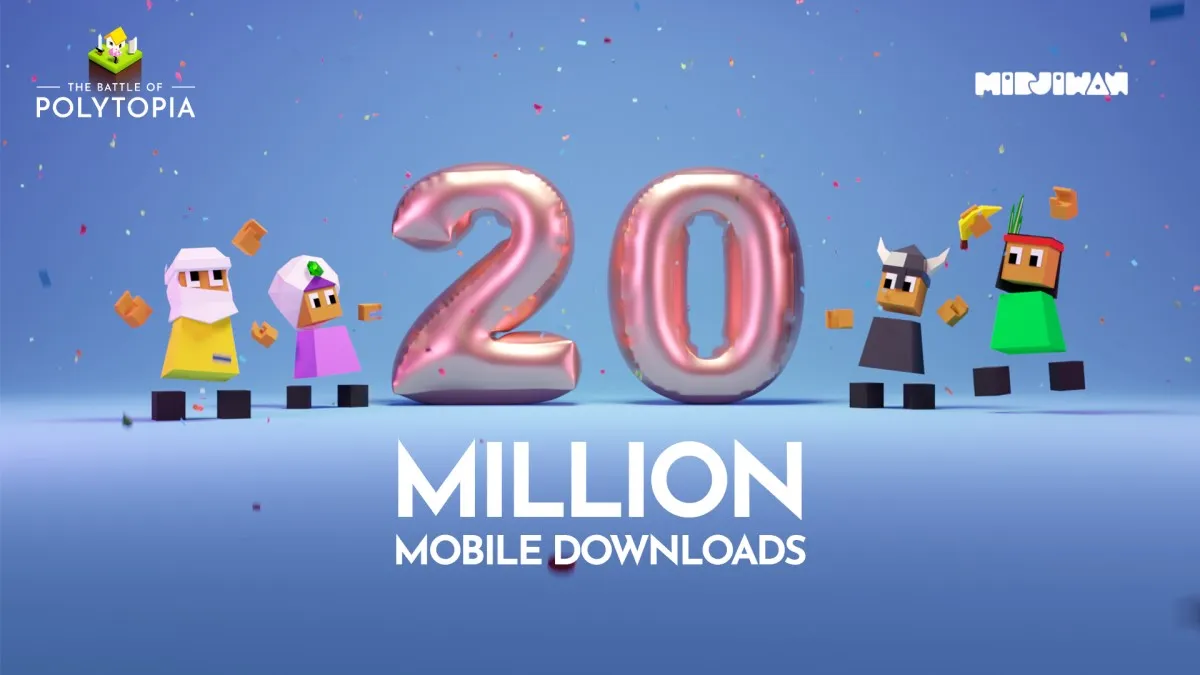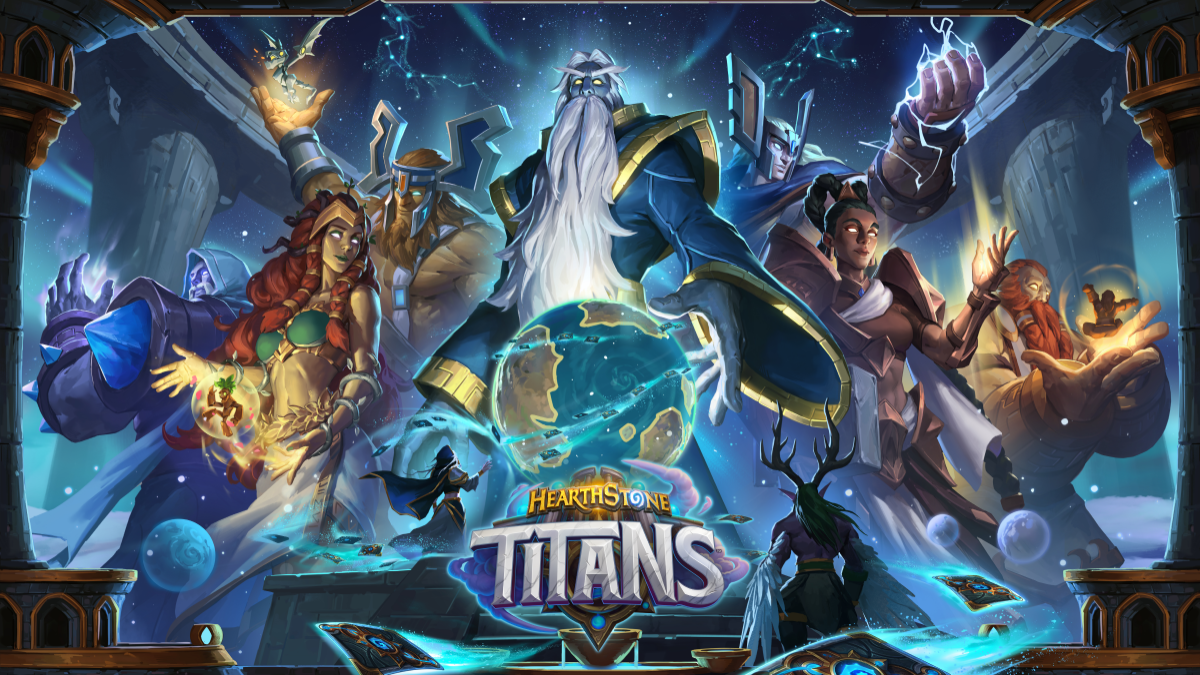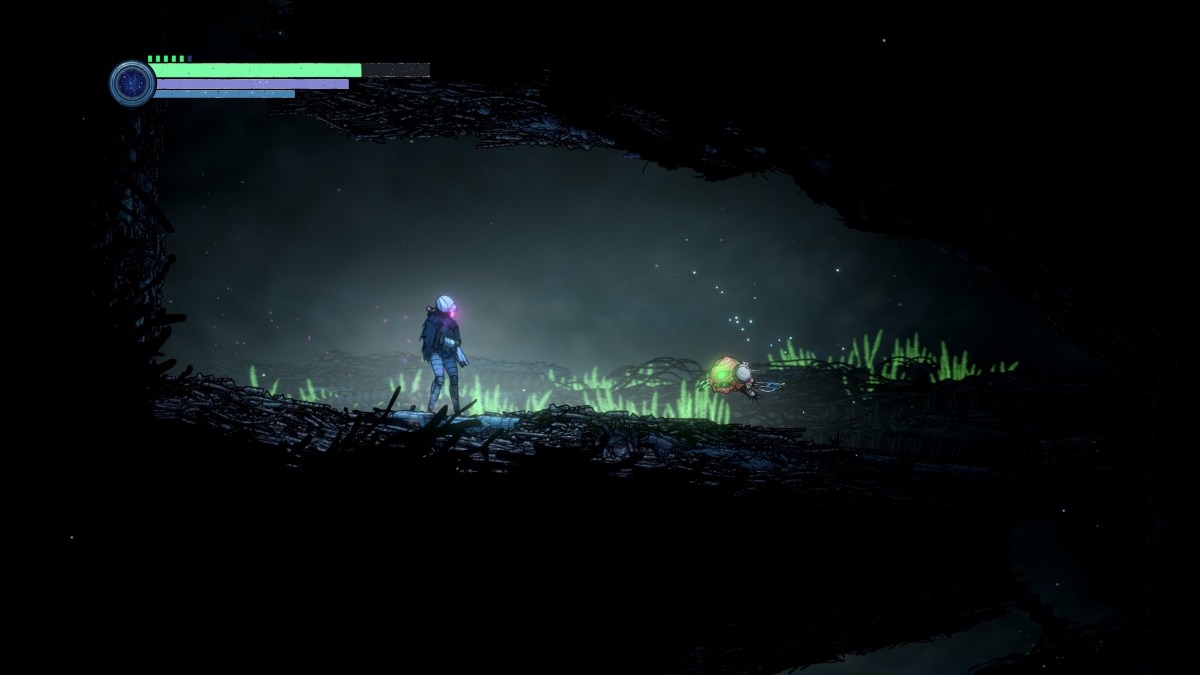We sit down with Red Faction: Armageddon Game Designer Drew Holmes, to talk about ancient evils, destructive environments and whether or not it’s possible to master the design process.
IncGamers: What we’ve played thus far (see our hands-on campaign preview) took place about a third of the way through the campaign. Could you bring us up to speed with the back-story and what had happened leading up to that point?
Drew Holmes: The first mission revolves around the bad guy of the game, Adam Hale, and his cult who have attacked the ‘terra-former’ which is the thing that has allowed people to live on Mars for the last 100 years or so. That cult is hell-bent on taking back the planet for themselves.
This has forced everyone underground and, just as people are starting to pick up the pieces and adjust to living on the un-terra formed Mars, Hale tricks Darius (that’s you) into unleashing this ‘ancient evil’ that has been sleeping dormant under the surface for centuries. That’s what the resulting Armageddon is all about; Darius trying to go through and clear his name.
We encountered a few different enemy types in our brief playthrough, what forms of ‘ancient evil’ can we expect to duel with throughout the campaign?
Lots of types. We’ve really re-designed the enemies from what the Red Faction games have been known for. Previously it’s been combat against humans but we wanted to bring something new and interesting to the franchise. By going back to the roots of the series, and the experiments being done by Doc Capek in Red Faction 1, we’re peeling back what was actually going on and looking at these discoveries that were originally thought to be scientific and actually turn out to be much more dark and sinister.
Basically, we’ve really designed to utilise our destruction engine and take advantage of the things we do really well which is fully physics based destruction combat.
And combat against humans…
The cultists are there, you’ll be fighting them in the first mission and they’ll also show up later on in the game to hinder your quest to try to stop these creatures from taking over the planet.
Red Faction: Guerrilla was fully open-world. Just how linear is Armageddon?
It’s very focused in terms of the path you’re doing to be on. One of the things that we discovered with Guerrilla was that the game really shined during the big combat moments in those destructive environments. But then that would have been and over with and you’d have to go and find –, y’know, you’d be driving for miles in the desert looking for something to do.
What we really want to do is focus on keeping players in that destructive combat, in those moments that our game and our engine do really well. So we brought it underground and tightened our focus. Setting it in these underground areas allows us to really densely pack the destruction around you. With Guerrilla having to be so open we had to space the buildings out so that when you were driving around you’d have enough time to leave that zone, drop that memory and load the next thing in.
With this, because we know where you’re going every step of the way, we can really increase the density and get a lot more of that destructive combat.
Just how much of Armageddon is set underground?
The first mission is set on the surface of terra-formed Mars; it’s going to be a different environment from what you saw in Guerrilla. Guerrilla was pretty much just red, rocky Mars with some vegetation stuff later in the game but for the most part, it was pretty bland.
That was one of the things we really wanted to focus on with Armageddon, giving people lots of different environments. We’ve pushed the game 50 years on from what you’ve seen before and by pushing the game underground you’ll be going through Martian ice caves that don’t really exist in real life but we don’t care because it looks cool and it’s a fun environment.
We’ve also got magma caves, and after the terra-former is destroyed, you’ll be going up to surface level and you’ll see the swirling storms both in night time and the day time. You’ll also be seeing where these creatures come from, so we’ve got a wide range of environments. Way more than we had in Guerrilla.
Are you using the exact same technology as you used in Guerrilla?
Yeah, it’s the same engine; the Geo-Mod 2.0 engine that we had in Guerrilla. It’s been refined a lot, we’ve made improvements to the destruction and the ways in which things fall apart to give a more visceral feel, a more action orientated feel. And we’ve really tailored weapons and abilities to take advantage of that.
My favourite thing about the game thus far is the ‘Magnet Gun’. How much of a nightmare was that to design and program?
Yeah, I’m glad I wasn’t the one that had to put it all together. The Magnet Gun and the new weapons we’ve brought in really help everything to shine. We spent all the time designing the destruction for Guerrilla and now we really wanted to focus on what we could do weapons-wise and ability-wise to really take advantage of that.
The Magnet Gun is really the pinnacle of that as it allows you to turn the entire world into a weapon. It’s something that we’re really proud of because you’re not going to see that in any other game.
What else can we expect to get our hands on besides the Magnet Gun?
A whole bunch of things that take advantage of the destructive capabilities. The Plasma Cannon shoots this giant ball of plasma that completely obliterates anything in its path. We’ve a Plasma Beam that shoots out this hot laser that, like a hot-knife through butter, will just splice through buildings. We’ve got the standard Rocket Launcher, the remote charges that we had in Guerrilla now come in a gun form so that you can aim, shoot and then detonate them manually.
There are some weapons that don’t take advantage of the destruction to give a bit of a different flavour to combat; the assault rifle, the shotgun and the pulse grenade which is really useful in the tightly enclosed spaces because it causes damage to enemies but not to the surrounding area.
Given that Armageddon takes place in a decidedly more claustrophobic setting than Guerrilla, is it more difficult to design destruction-based gameplay in such confined spaces?
It’s a challenge designing destruction, period. It doesn’t really matter whether it’s above ground or underground. I think that one of the things that has helped us design those levels is the inclusion of a repair mechanic.
In Guerrilla we didn’t want to group together a lot of buildings that had critical components within them because if you destroyed the first floor then you couldn’t ever get to the top, and you’d be completely screwed. Now what we’re seeing is that, by giving the players the ability to repair, we can build a huge series of catwalks because if something gets blown up you can always repair it and get to wherever you need to go.
I think having that sort of thing in there fixes a lot of the design problems but there’s still a fundamental change in the design process. For example, you can’t spawn an enemy behind a wall because that wall might not be there. There’s a lot of co-operation between design, programming and art to try and figure out what’s the best way to build these levels and give people the experience they really want.
So you wouldn’t say you guys have mastered destruction yet?
In terms of design, I don’t know if you ever master anything. You can get it to a point where you’re satisfied and think it’s really good but there are always times when you think “oh man, if we could just do this thing that would be really impressive.”
I think we’re at a point where we really understand how the destruction works in gameplay and that we’re pretty much as close as we could be at this time.
The method of story-telling is very different between open-world and linear games. Is it easier to tell a story within a linear framework?
I think it really depends on the kind of game that you’re trying to make. The open-world style fits for the open-world games but the story tends to drive you, in Armageddon we wanted you to drive the story so that you feel engaged every step of the way and that you feel like this is your story rather than a story that’s being thrust upon you.
As well as our hands-on campaign preview, we’ve also been busy getting to grips with Armageddon’s multiplayer ‘Ruin’ mode. Check out our thoughts here.
Recommended Videos
PC Invasion is supported by our audience. When you purchase through links on our site, we may earn a small affiliate commission. Learn more about our Affiliate Policy
Author
Paul Younger
Founder and Editor of PC Invasion. Founder of the world's first gaming cafe and Veteran PC gamer of over 22 years.
We have upgraded our commenting platform! Existing comments will be imported over the next few weeks.






Published: Mar 9, 2011 02:33 pm